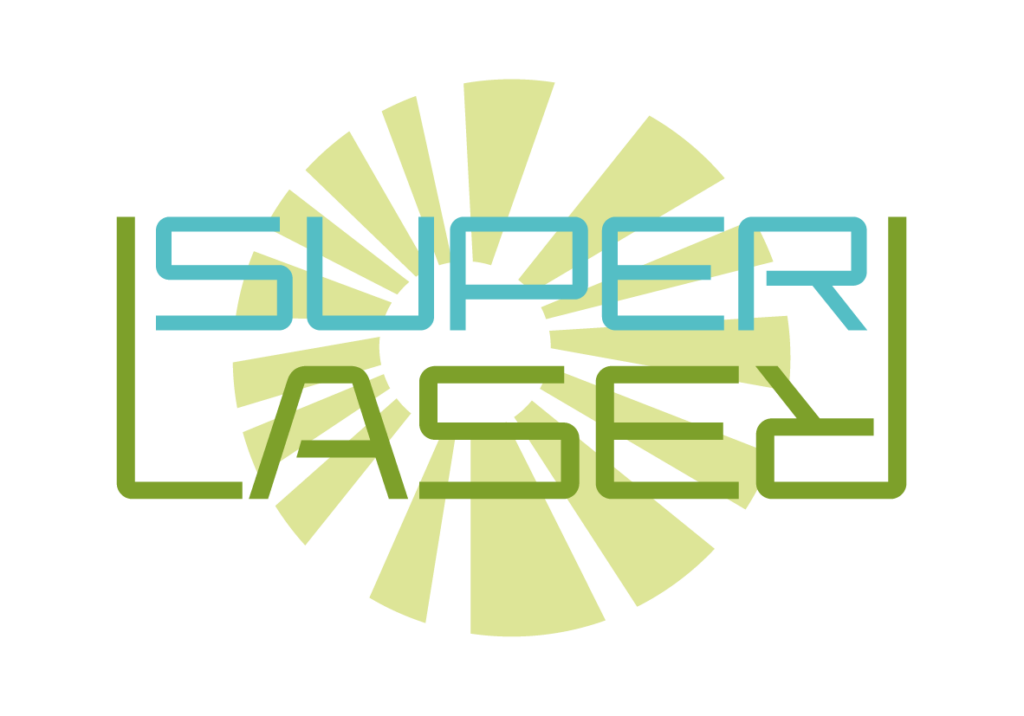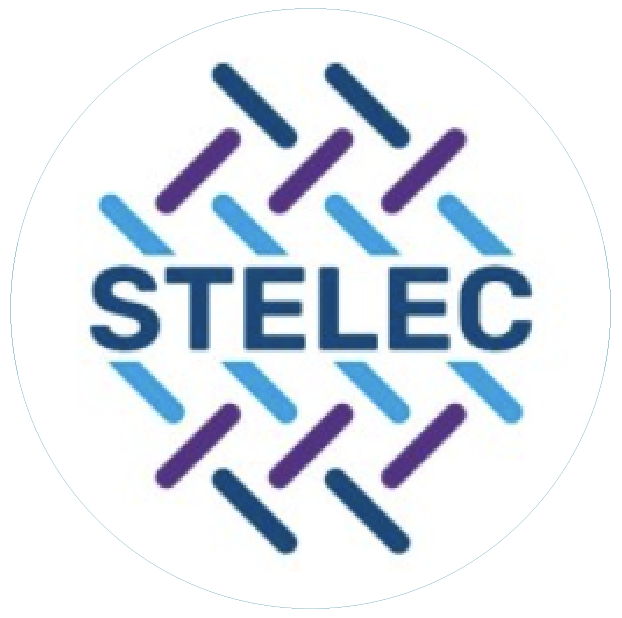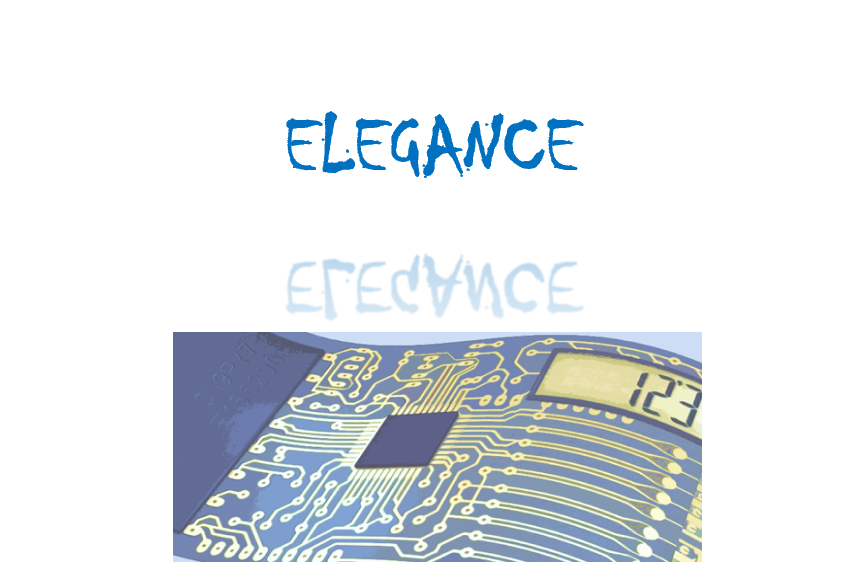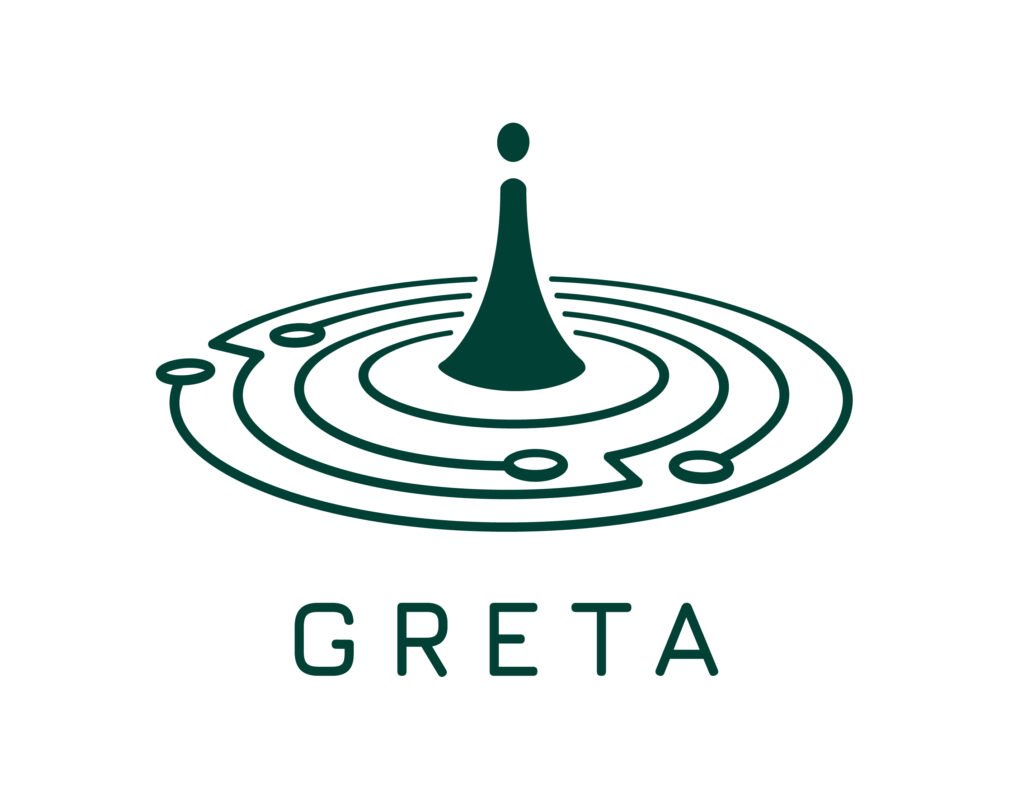Portfolio of the EIC Pathfinder Challenge Responsible Electronics Projects
The aims of this challenge are to develop sustainable electronics by addressing issues in materials, processes, new devices, and applications.
GreenOMorph is part of the EIC Pathfinder Challenge Responsible Electronics portfolio. Together with eight other projects, we will work towards sustainable and greener electronics.
The partner projects

SUPERLASER
SUPERLASER project aims to develop low-cost, ultranarrow linewidth halide perovskite lasers. New materials and devices will be developed, focusing on scientific and ecological advancements. Key goals include designing halide perovskites as topological lasers without additional cavities, fabricating the first room-temperature, electrically pumped perovskite lasers and ensuring zero e-waste through recycling and reuse protocols.

HaloFreeEtch
HaloFreeEtch project aims to develop new etching processes that are free of halogens, focusing on silicon and silicon oxide. These new methods should be clean, efficient and precise. HaloFreeEtch will combine laboratory research, computational screening and sustainability analysis to identify promising etchants, predict working conditions and assess environmental impacts. By reducing carbon footprints and energy consumption, the proposed approach could serve as a blueprint for sustainability-driven process development in electronics and many other industries.

RADIANT
RADIANT aims to revolutionise LED technology by developing chiral LEDs that use scalable chiral metasurfaces. These LEDs promise enhanced performance, including superior brightness and circular polarisation, while also being cost-effective and environmentally sustainable. By integrating advanced nanophotonic architectures and a novel soft nanoimprinting process, RADIANT is set to transform various industries from display technology to sensing.

STELEC
STELEC project addresses these issues by developing circuit technologies for e-textiles using materials that are compatible with the lifecycle of conventional textiles and have minimal environmental impact, facilitating reuse within a circular economy. The project will use digital inkjet printing, 3D printing, and atmospheric plasma to create sustainable building blocks for textile electronics. The goal is to establish a new, environmentally friendly paradigm for e-textile development.

DESIRE4EU
DESIRE4EU project aims to develop sustainable, circular PCBs in Europe using bio-based materials. The project seeks to reduce waste and CO2 emissions by integrating material science, green chemistry, and environmental microbiology. It envisions assembling bio-based multilayer PCBs and creating guidelines for sustainable electronics solutions. Additionally, the project aims to develop a cost-effective, advanced proof of concept that will engage up to 5 000 students, responsible citizens, and industries, ranging from learners to prosumers.

HiSOPE
HiSOPE project aims to develop fast broadband organic optoelectronic materials, devices, and systems that offer competitive speed and efficiency, along with more sustainable production methods to aid in the decarbonisation of digital society. The project will focus on developing organic semiconductor materials and other organic devices for integration into lab-scale waveguided and wireless data transmission demonstrators.

ELEGANCE
ELEGANCE is pioneering a revolutionary approach to IoT edge computing. ELEGANCE aims to develop eco-friendly, printable, and light-operated processing technology, leveraging recyclable materials to achieve a zero environmental footprint. By integrating energy-efficient in-memory computing and visual sensing into a single component, ELEGANCE is set to create neuromorphic and AI systems optimised for wearable, healthcare, and other edge-computing applications. This breakthrough promises to reduce energy costs and environmental impact while meeting growing consumer demands.

GRETA
GRETA will lay the foundation of the first green, printed and flexible organic wireless identification tag operating at Ultra-High Frequency (UHF, 300 MHz – 1 GHz). The long-term vision is to enable remote powering and readout of tags up to meters distance range, as required in logistics and security, without the need of a battery and with drastically reduced lifecycle impact and costing with respect to any available passive radio-frequency identification (RFID) technology.

